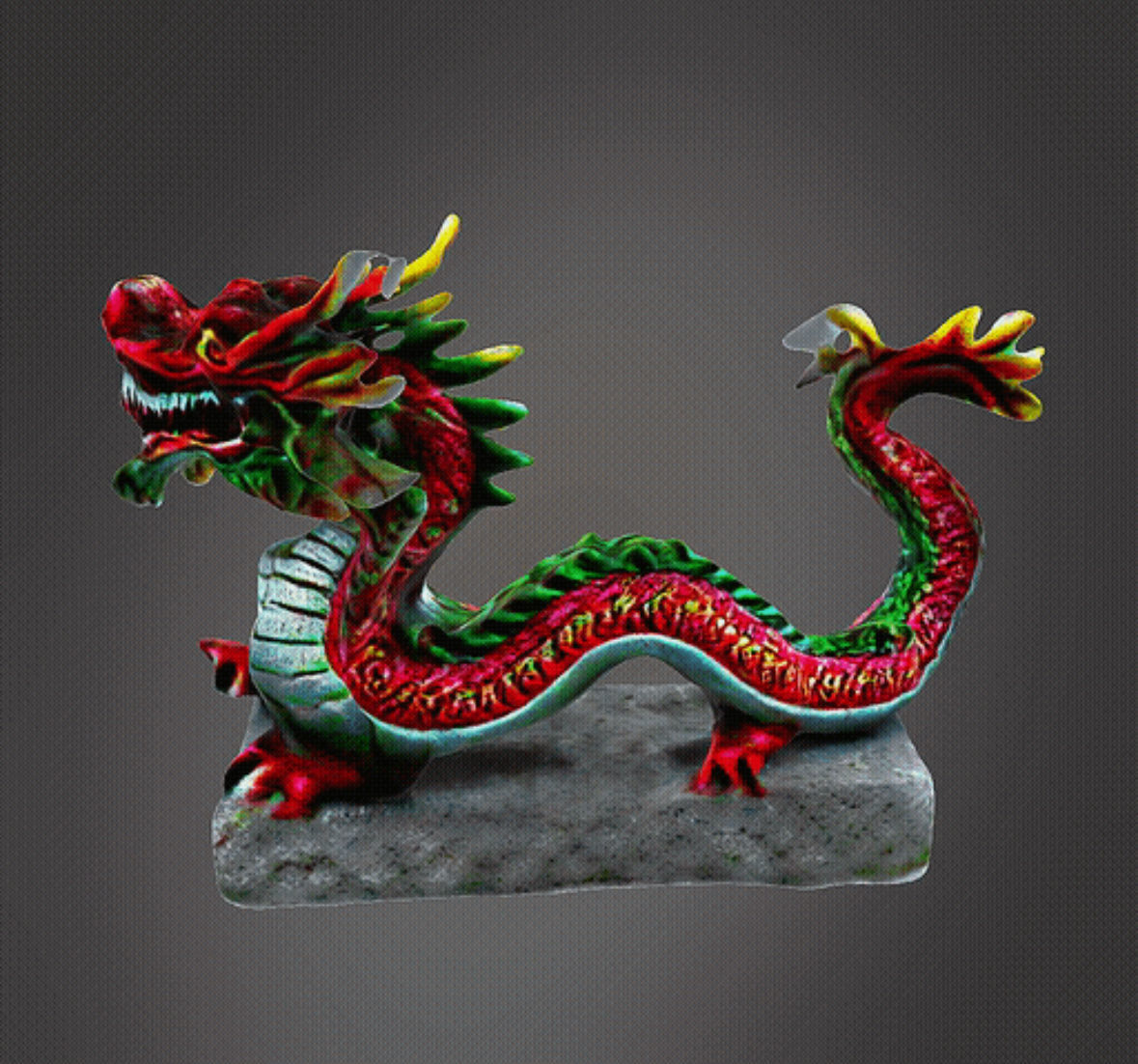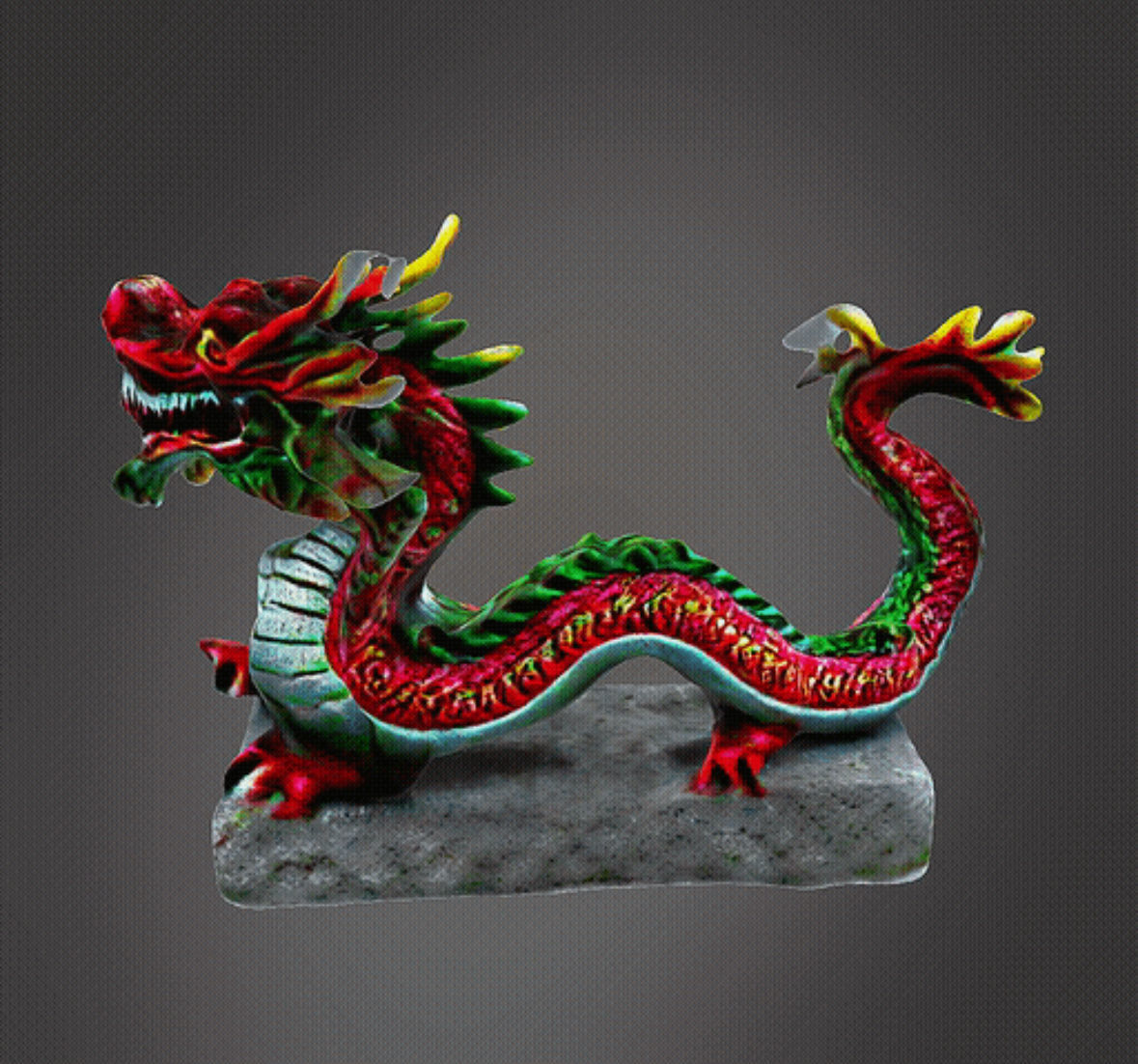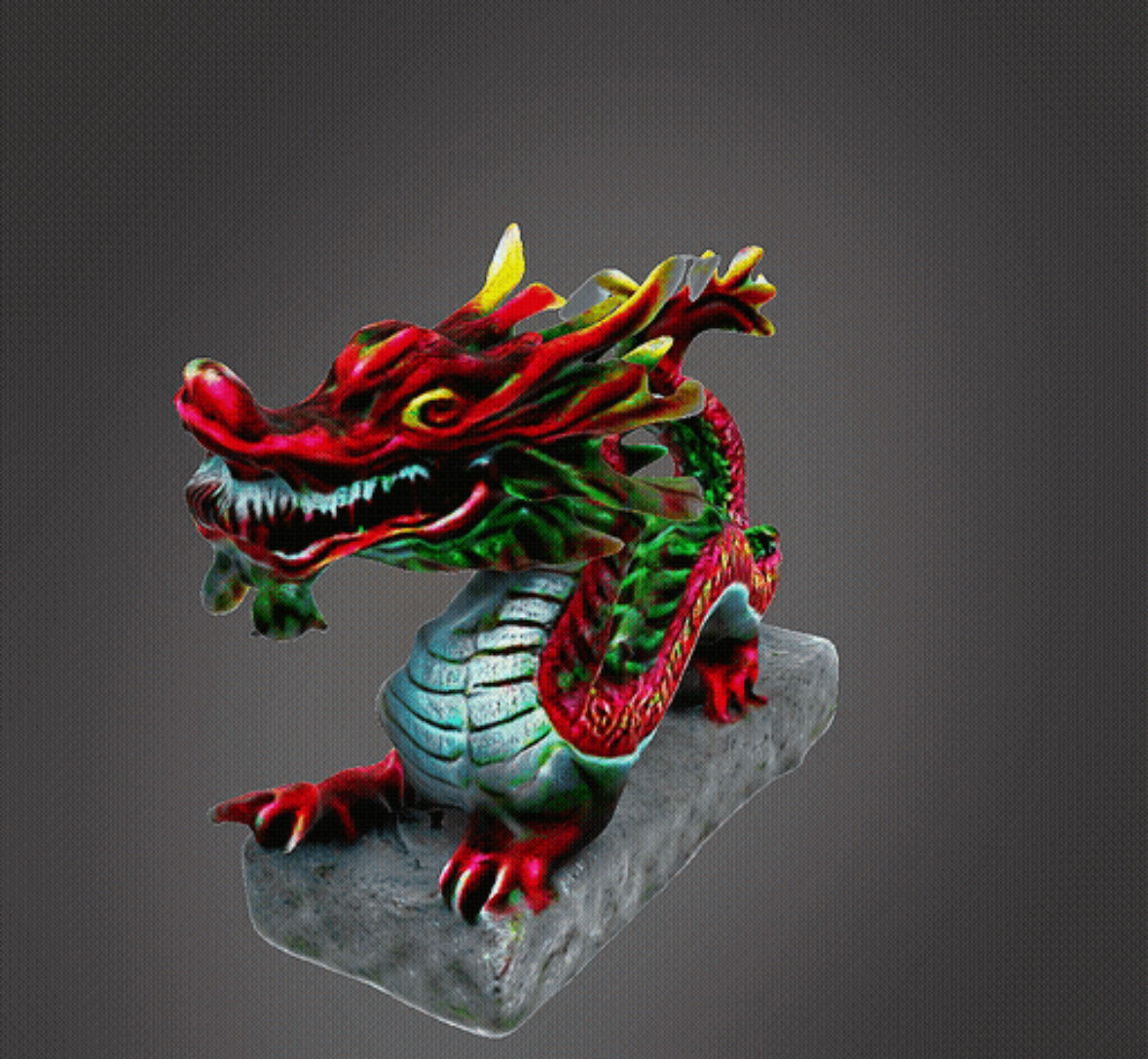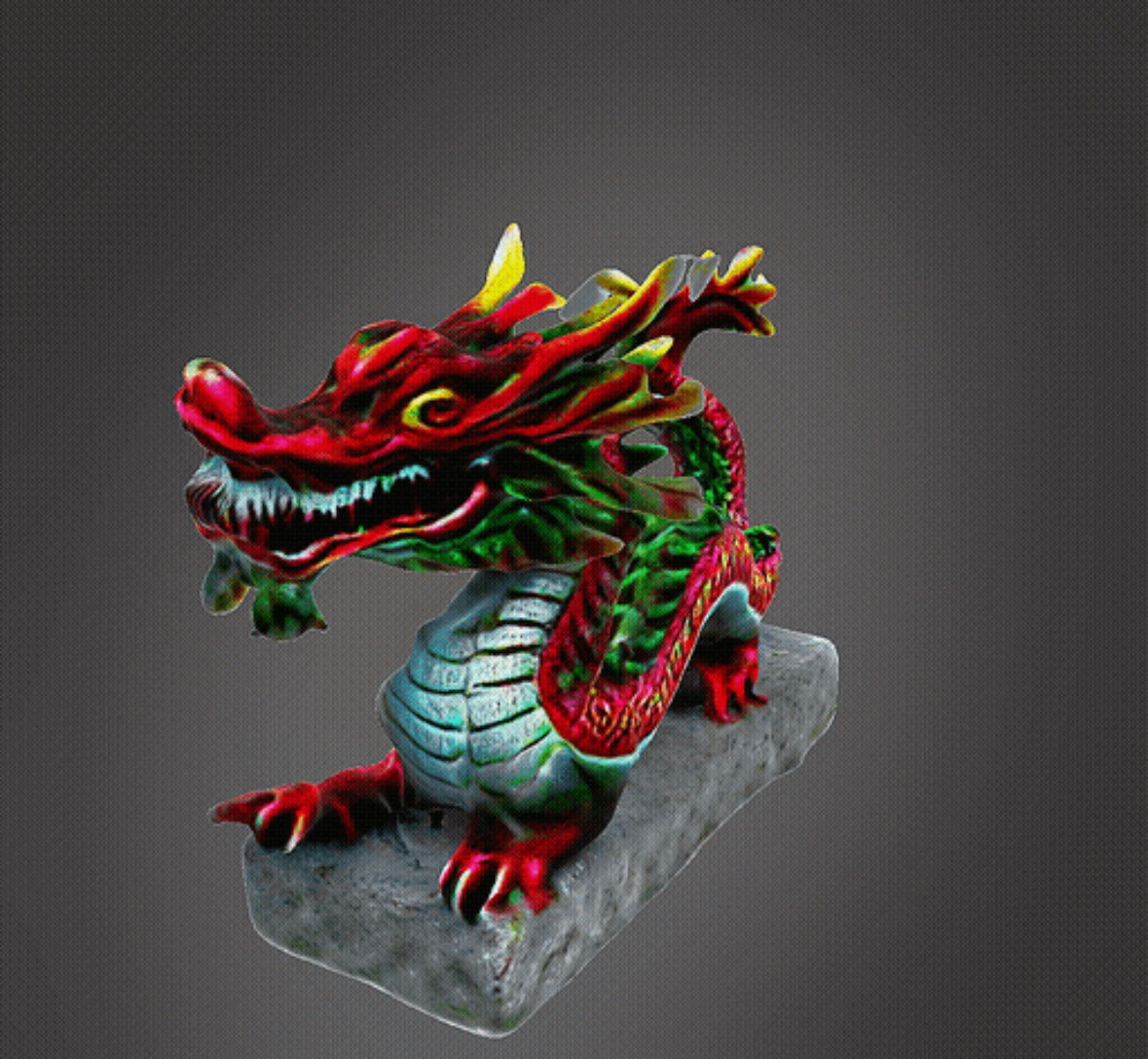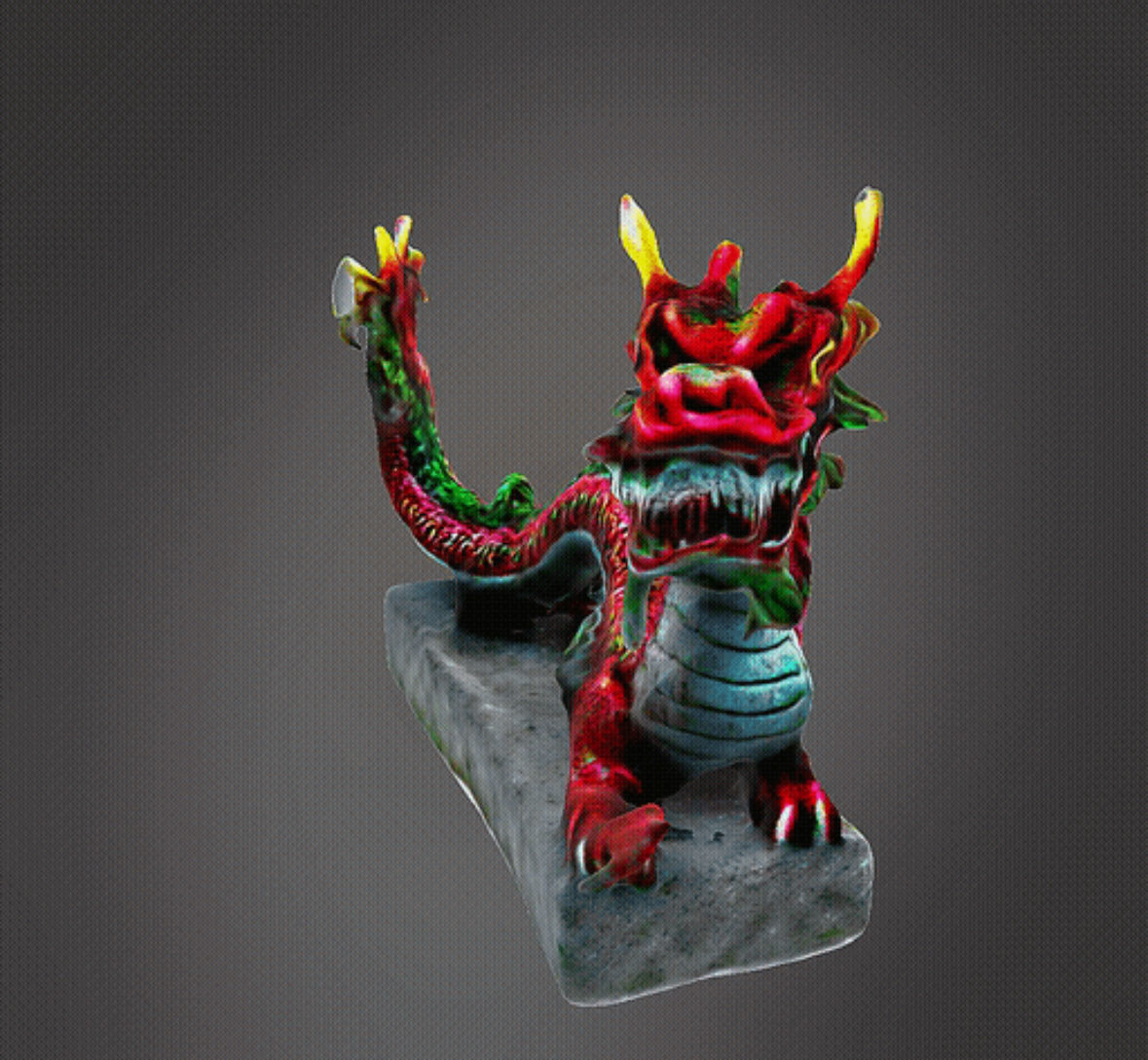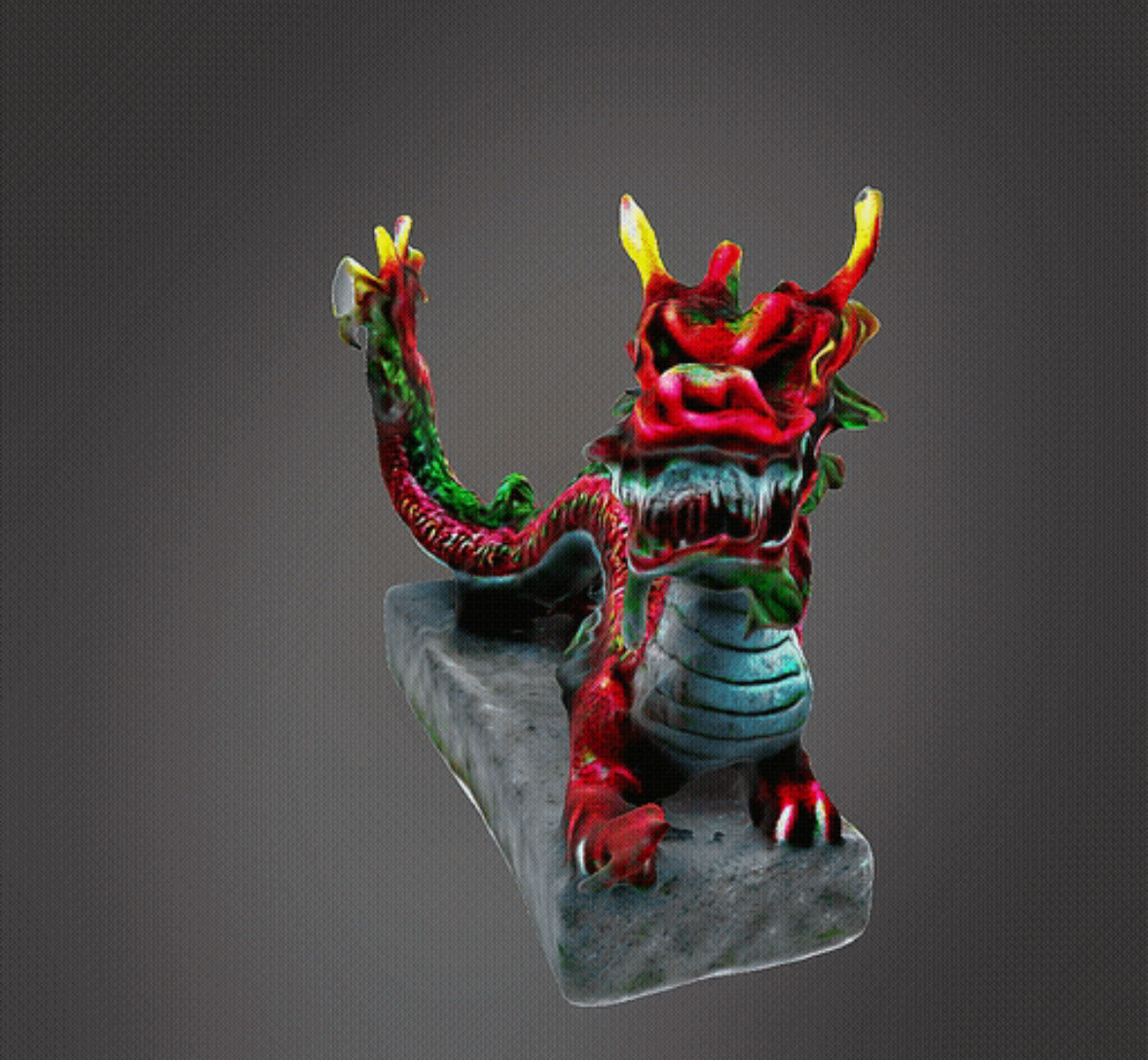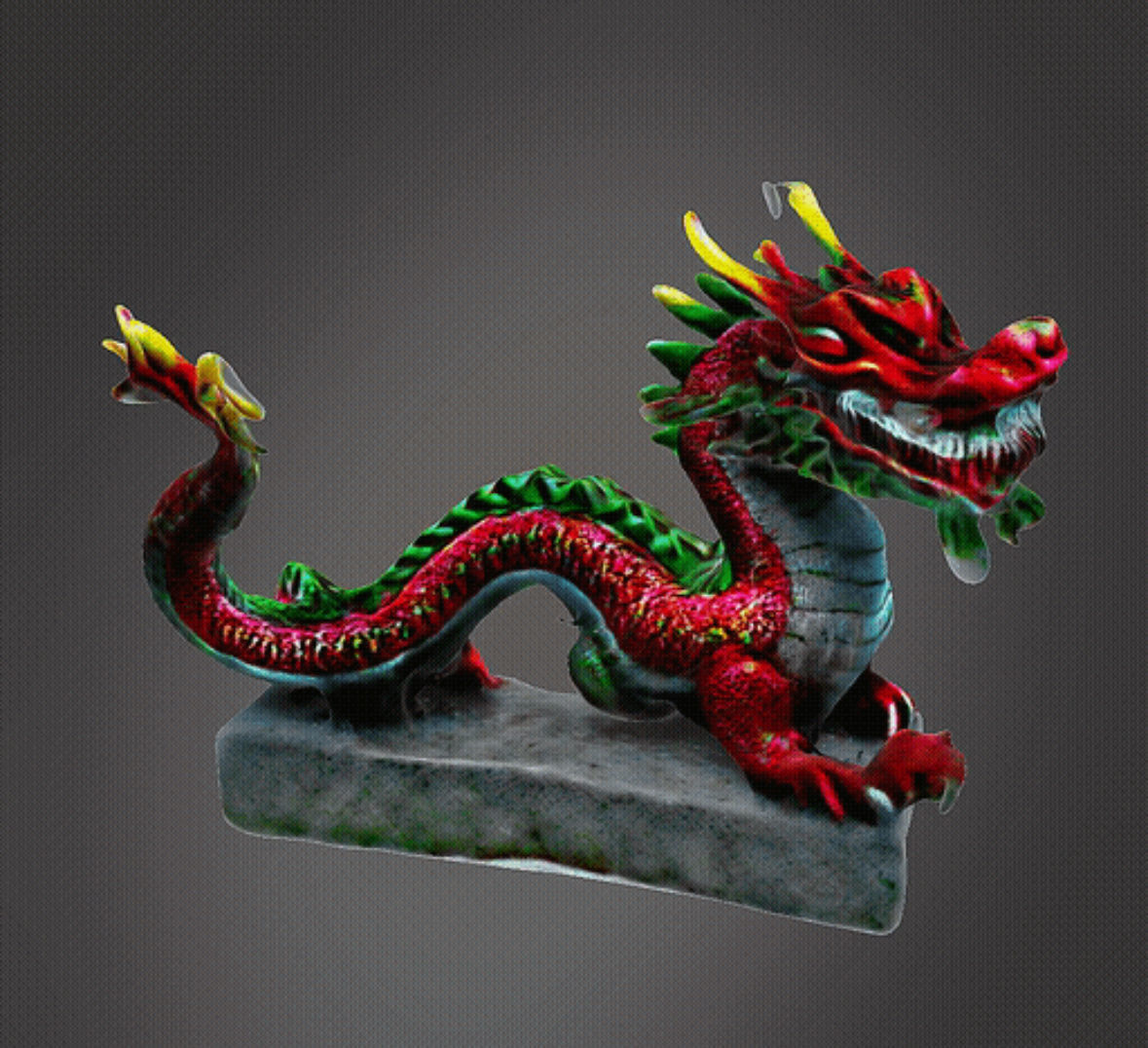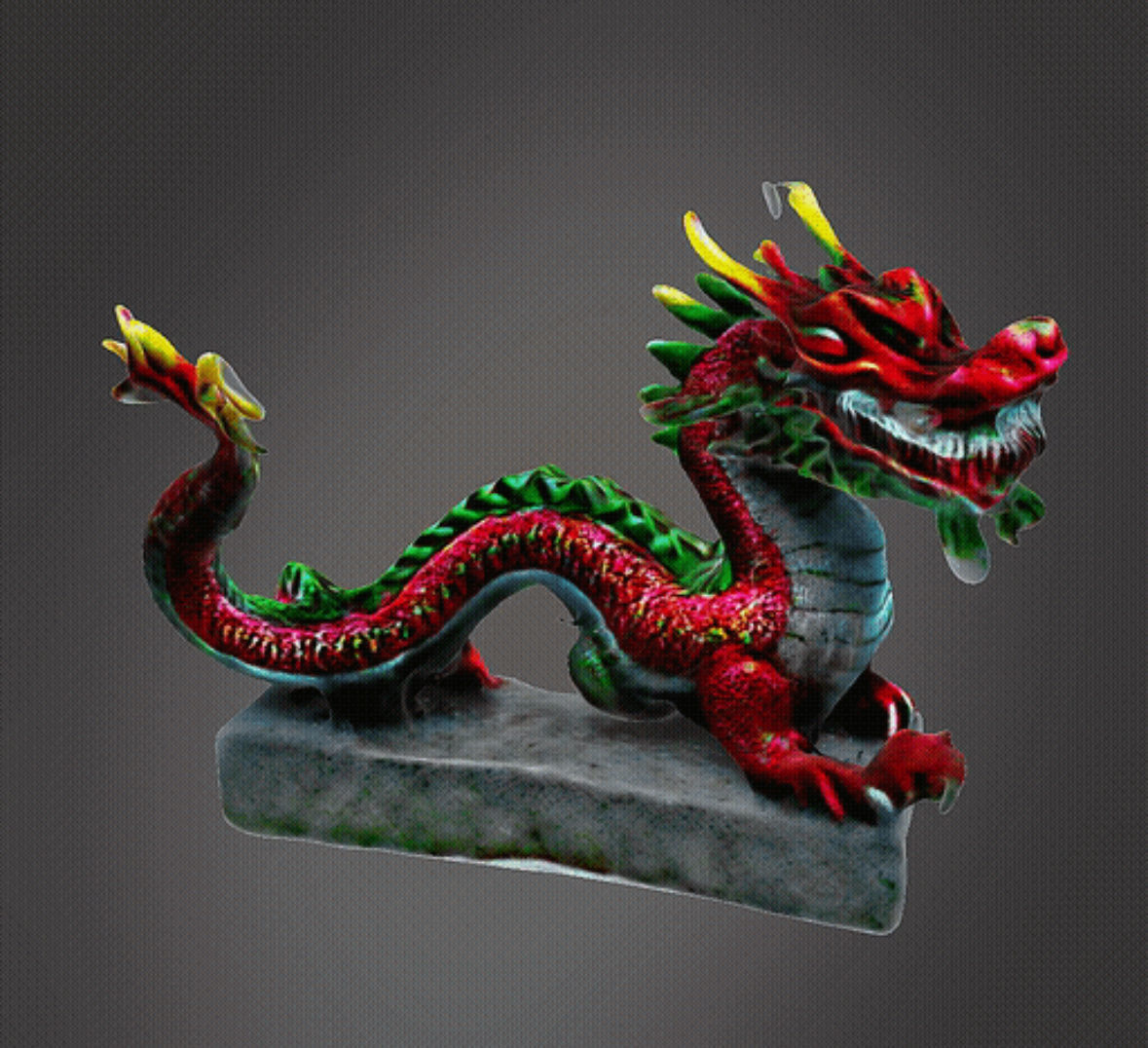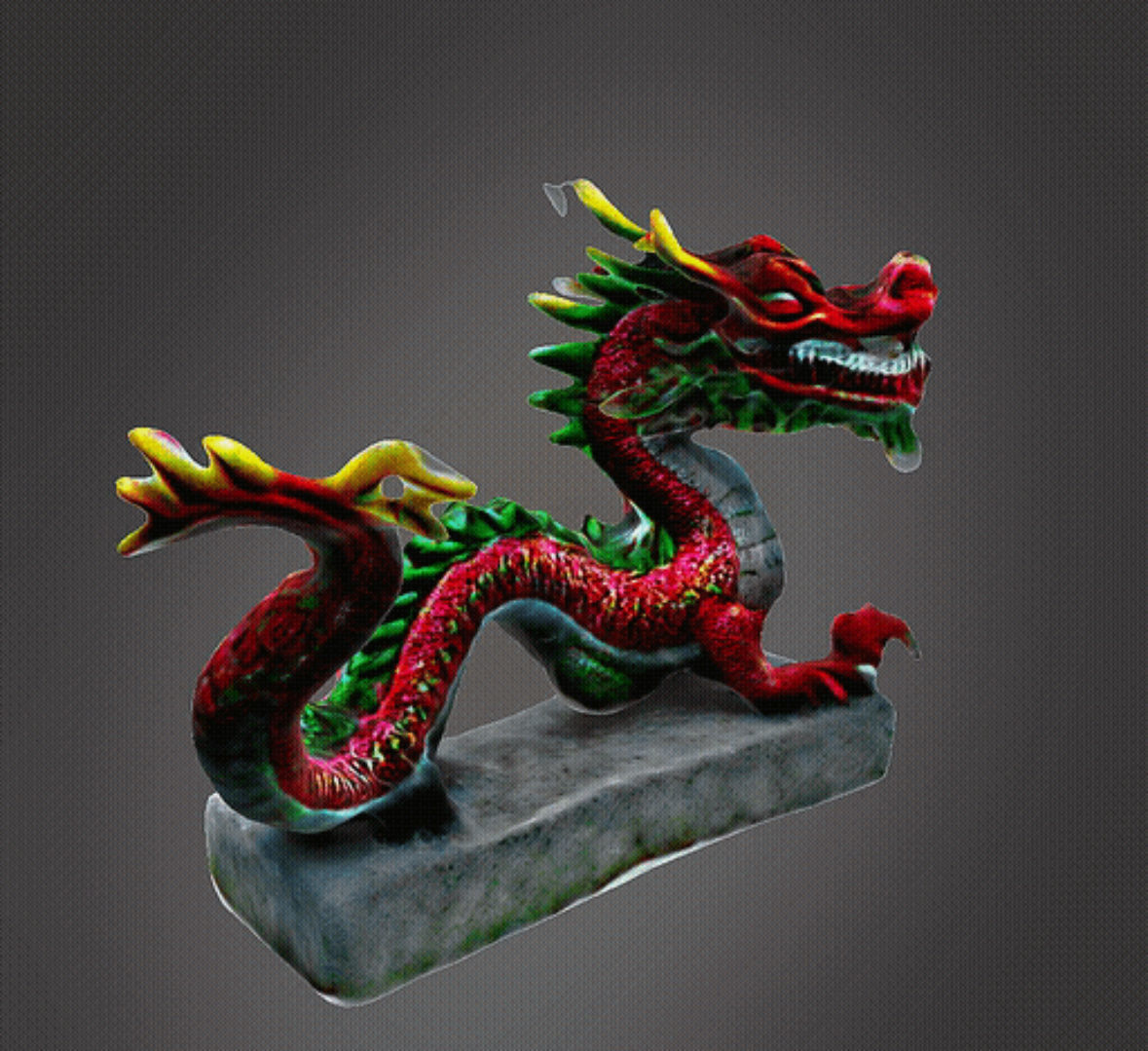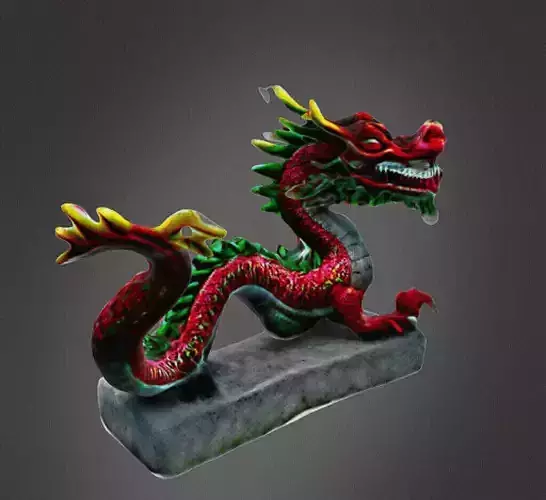
Chinese Dragon 3D print model
The Chinese dragon is a legendary creature in Chinese mythology and folklore. Unlike the Western depiction of dragons as fire-breathing monsters, Chinese dragons are traditionally seen as benevolent and auspicious beings associated with power, strength, and good fortune.
Chinese dragons are typically depicted as long, serpentine creatures with scaled bodies, sharp claws, and elongated, whisker-like appendages known as barbels. They are often portrayed with pearl-like orbs under their chins, symbolizing wisdom, enlightenment, and spiritual energy.
In Chinese culture, dragons are revered as symbols of imperial authority and are closely associated with the emperor and the ruling class. They are also believed to control the weather, bring rain for bountiful harvests, and protect against evil spirits.
Chinese dragons feature prominently in various aspects of Chinese art, literature, and symbolism, including traditional dances, martial arts, and architectural designs. They are often depicted in vibrant colors, with elaborate patterns and designs adorning their bodies.
Overall, the Chinese dragon holds a significant place in Chinese culture as a symbol of power, prosperity, and good fortune, embodying the timeless ideals of strength, wisdom, and benevolence.

